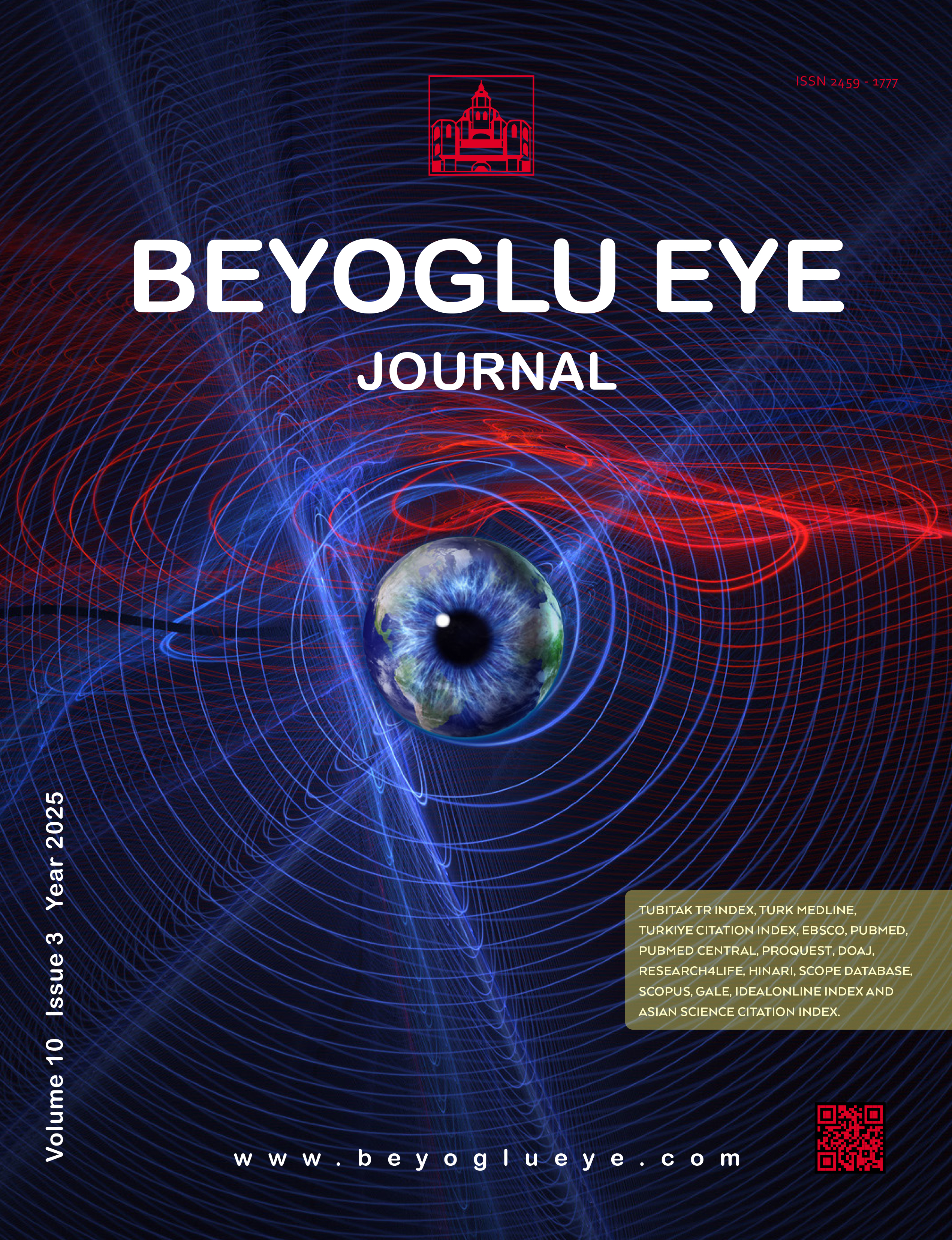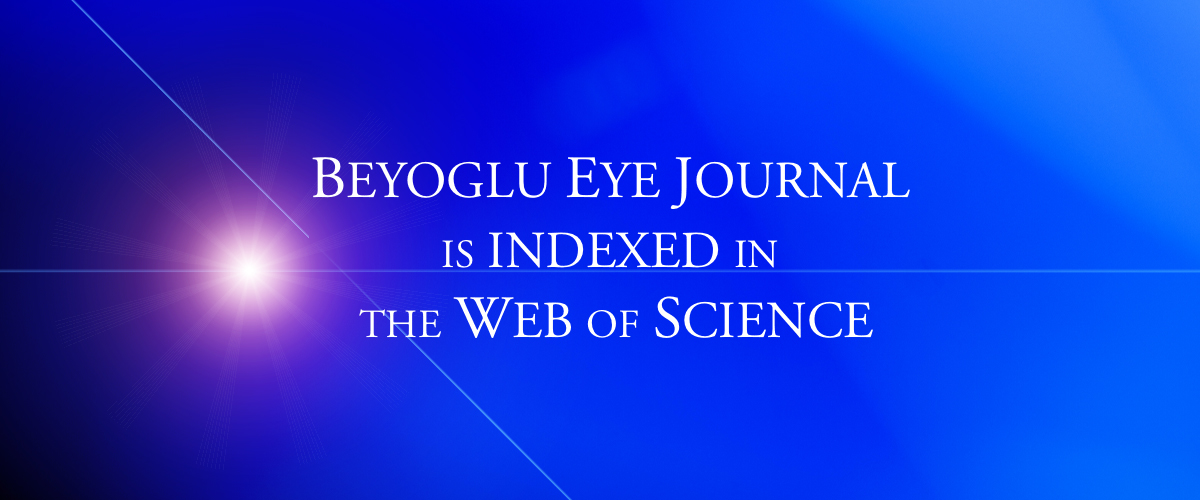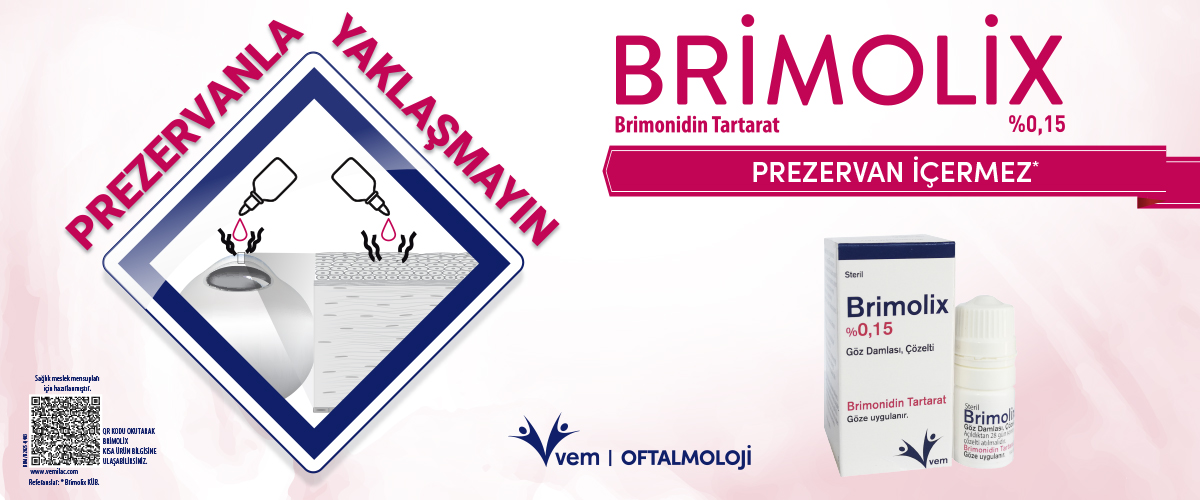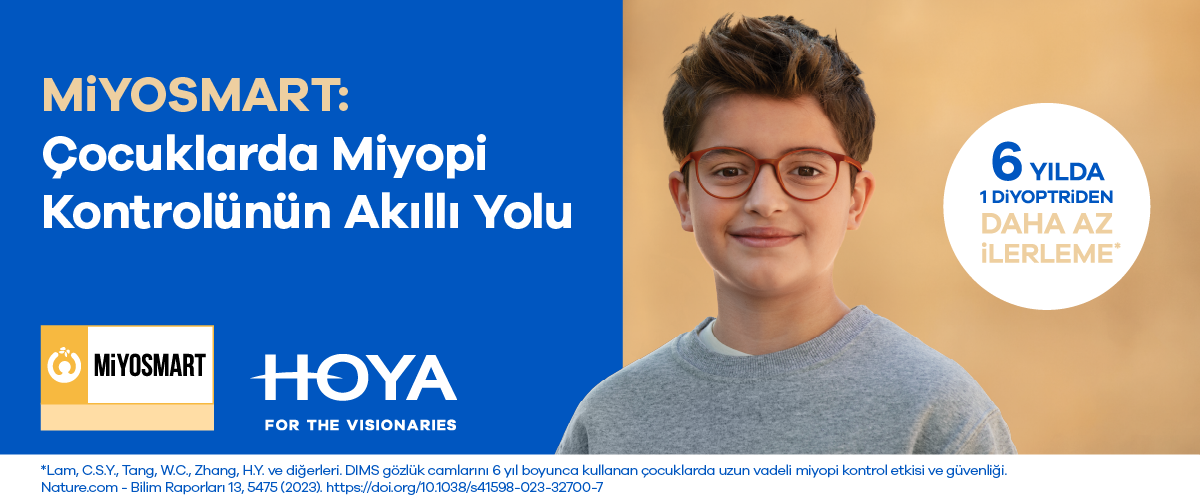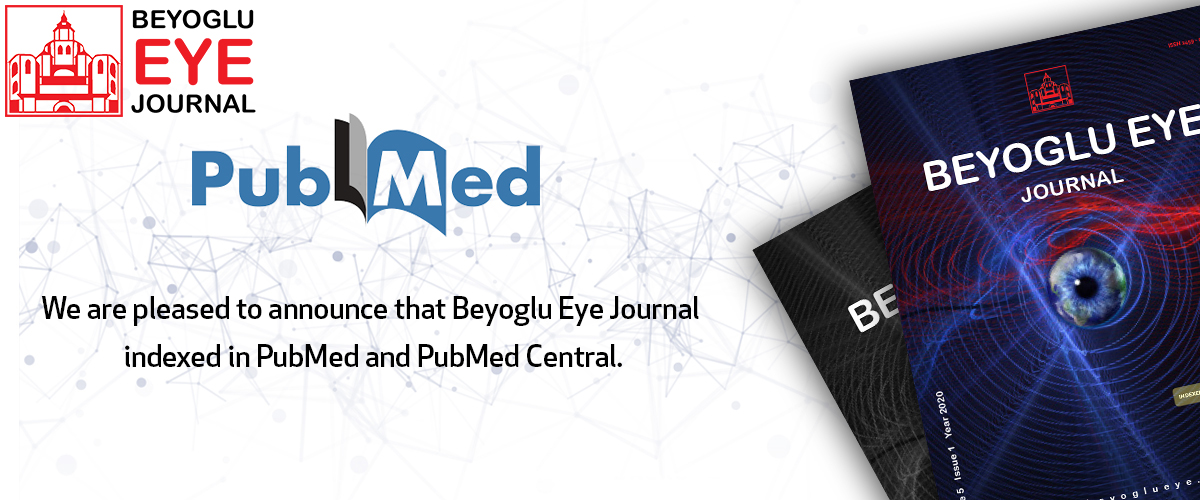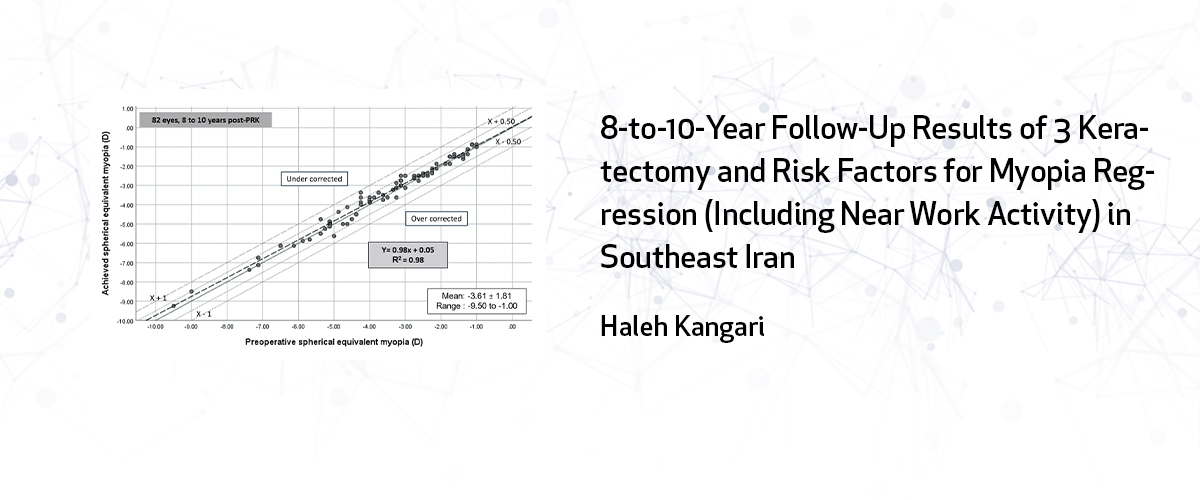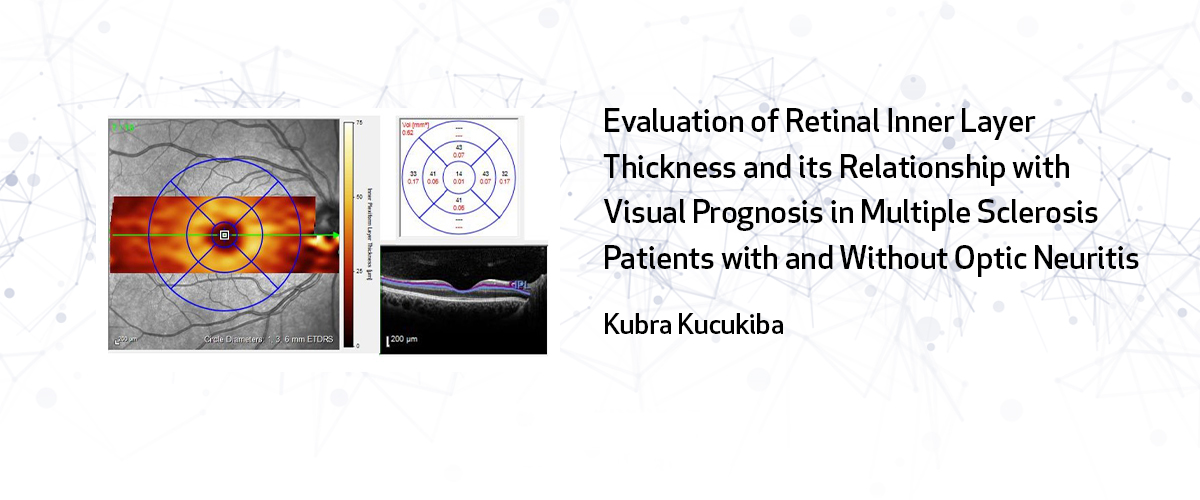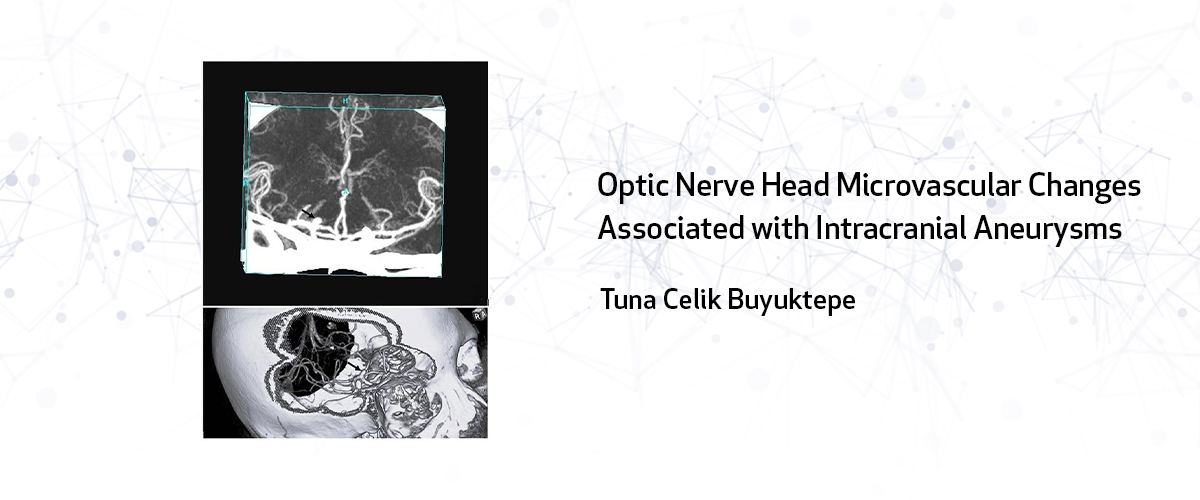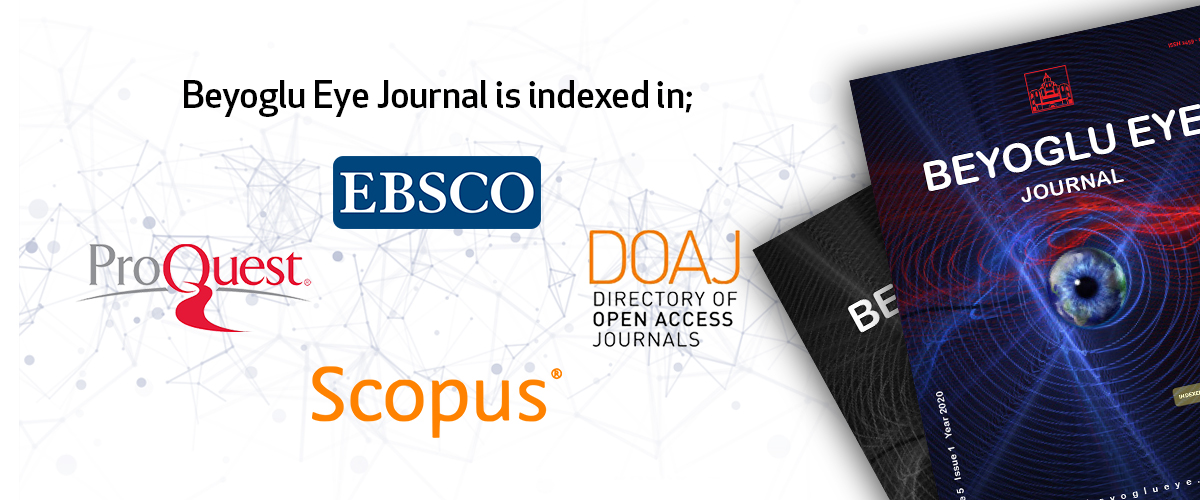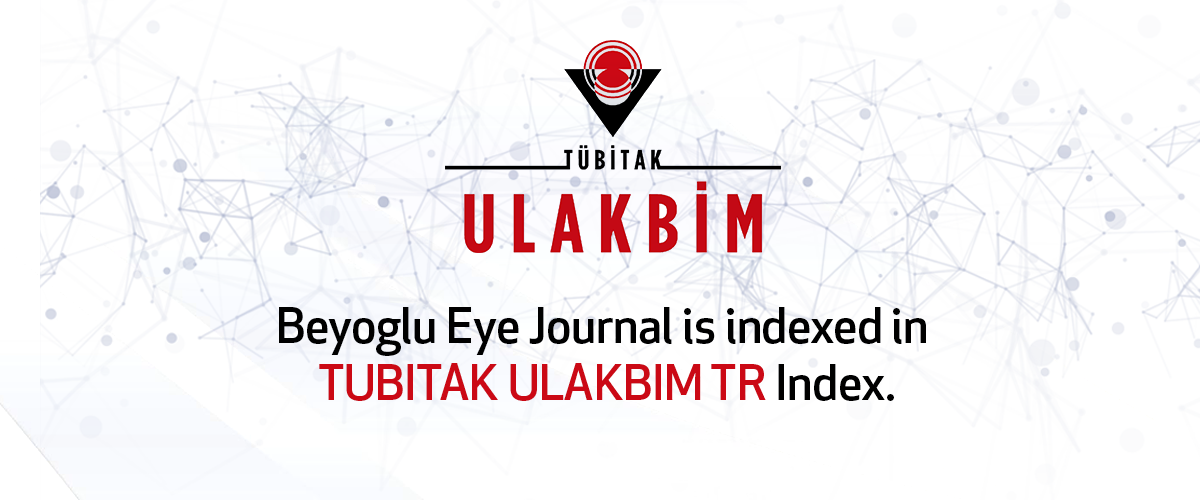
Instructions for Authors
Submissions of Manuscripts
This journal uses JournalAgent to double blind peer-review manuscript submissions. Please read the guide for JournalAgent authors before making a submission. Complete guidelines for preparing and submitting your manuscript to this journal are provided below.All authors’ ORCID numbers need to be submitted when creating an account for correspondence. To obtain an ORCID number, please visit: https://orcid.org/. Manuscripts must be submitted through the journal’s website https://jag.journalagent.com/beyoglu/. Paper manuscript submissions are not accepted. Full-length papers comprise the major part of each issue. Reviews are accepted for publication only at the invitation of the Editors.
It is the responsibility of the authors to ensure that the English used in their manuscript is correct, both grammatically and stylistically, before submission.
Use of AI for writing assistance should be reported in the acknowledgment section. Authors who used AI technology to conduct the study should describe its use in the methods section in sufficient detail to enable replication to the approach, including the tool used, version, and prompts where applicable.
Beyoglu Eye Journal strives to publish papers of high quality regarding clinical research, epidemiology, anatomy, biophysics, biochemistry, developmental biology, microbiology, and immunology related to the eye and vision.
Authors are required to prepare manuscripts in accordance with the international guidelines* below.
Randomized Controlled Trial ** |
CONSORT (Consolidated Standards of Reporting Trials) |
Non-Randomized Trial ** |
TREND (Transparent Reporting of Evaluations with Non-randomised Designs) |
Trial Protocol |
SPIRIT (Standard Protocol Items Recommendations for Interventional Trials) |
Observational Epidemiologic Studies (cohort, case-control, cross-sectional) |
STROBE (the STrengthening the Reporting of OBservational studies in Epidemiology) |
Systematic Reviews and Meta-Analyses |
PRISMA (the Preferred Reporting Items for Systematic Reviews and Meta-Analyses) |
Systematic Reviews and Meta-Analyses Protocol |
PRISMA-P (the Preferred Reporting Items for Systematic Reviews and Meta-Analyses - Protocol) |
Qualitative Research |
-SRQR (the Standards for Reporting Qualitative Research) |
Methodological Studies (Translating and Adapting Tests) |
ITC (International Test Commission) Guidelines for Translating and Adapting Tests |
Methodological Studies (Developing Tests) |
COSMIN (COnsensus based Standarts fort the selection of Health Measurement Instruments-Study Design for Patient-reported outcome measurement instruments) |
Case Report |
CARE (CAse REport) |
* Enhancing the QUAlity and Transparency of Health Research (equator network)
** Beyoglu Eye Journal encourages the registration of all clinical trials (randomized and non-randomized) via ClinicalTrials.gov or one of the registries of the WHOs International Clinical Trials Registry Platform (ICTRP). The name of the trial registry and the registration number together should be provided at the end of the abstract.
Fees
There is no fee for article submission, article processing or publication.Policy of screening for plagiarism
The manuscripts are scanned by the Publisher’s Office using the iThenticate program for determination of plagiarism and non-ethical situations.
Peer-Review Process
Beyoglu Eye Journal utilizes a double-blind peer review process where both the identities of reviewers and authors are anonymous. The editor-in-chief is responsible of the editorial and scientific content of the journal and makes the final decision.Submitted manuscripts that pass preliminary control are evaluated by editor-in-chief for their originality, methodology, the importance of the subject covered and compliance with the journal scope. For the manuscripts that are considered for publication an unbiased, double-blinded peer-review process is initiated by associate editors. The manuscripts are sent to two or more independent peer reviewers who are expert in the field. The reviewers are asked to provide detailed, constructive comments that will help the editor to make a decision, and the authors to improve their manuscript. The requested changes are made by the authors using the online manuscript submission system. Associate editor sends the original manuscript, the revised manuscript and all the reviewers’ comments together with his recommendation to the editor-in-chief.
Editor-in-chief reviews the manuscript and makes the final decision. He might accept the manuscript, reject the manuscript or request further revisions.
In case of manuscripts submitted by editors or by the editorial board members of the journal, the editorial board will invite an external and independent editor to manage the evaluation processes of these manuscripts. The reviewers are required to notify the editor of any kinds of conflicts of interest with respect to the research, the authors and/or the research funders. They must ensure that all the information related to submitted manuscripts is kept as confidential and must report to the Editor-in-Chief if they are aware of copyright infringement and plagiarism on the author’s side.
Reviewers who seek assistance from a trainee or colleague in the performance of a review should acknowledge these individuals' contributions in the written comments submitted to the editor. Reviewers must maintain the confidentiality of the manuscript, which may prohibit the uploading of the manuscript to software or other AI technologies where confidentiality cannot be assured. Reviewers must request permission from the journal prior to using AI technology to facilitate their review.
Beyoglu Eye Journal takes into consideration the Committee on Publication Ethics - COPE guidelines and flow charts for peer review process.
Manuscript Structure
Submissions need to be of sufficient editing quality that they will be easily interpreted by the readership of the Journal. If submitted work does not meet this standard, it will be returned to the authors. The Journal follows the AMA Manual of Style for manuscripts submitted to biomedical journals.
Case report: Introduction, case report, discussion.
Set your document as A4 paper, use double line spacing, Times font size 12, number all pages, do not justify the right margin, and do not use line numbers. Save your manuscript as a Word document (.doc, .docx, or previous).
Structure your manuscript file as follows: Title page, Abstract and key words, Text, Acknowledgments, References, Tables, Figure legends.
Title page. The first page (title page) of your manuscript file must include the following information:
- Full title (max 150 characters including letters and spaces), which must be concise and informative.
- Short title (max 75 characters, including letters and spaces).
- All authors listed as first name, initials, and last name (i.e., Zeynep Alkin, MD) with highest academic or medical degree first.
- Institutional affiliation of each author, using superscripts and not symbols (e.g., Alper Agca1).
- Corresponding author’s information (full mailing address, phone and fax numbers, email address); this is usually the submitting author.
- Clinical trial protocol number when submitting a clinical trial protocol.
- Online-only supplementary material, with a short description.
Abstract. A structured abstract of no more than 350 words is to be provided, divided into the following sections: Objectives, Methods, Results, and Conclusions. Avoid abbreviations, diagrams, and reference to the text in the abstract. At least three and maximum of six key words should be identified for indexing. List the key words beneath the abstract in alphabetical order. Use terms from the Medical Subject Headings list from lndex Medicus whenever possible. A library of terms is available at http://www.nlm.nih.gov/mesh/meshhome.html.
Main Text. Divide the text into the following sections: Introduction, Methods, Results, Discussion and Conclusion. Use commas (,) to separate thousands and full stop (.) for decimals (e.g. 12,354.55). Include tables in the manuscript file, after the references. Number all figures (graphs, charts, photographs, and illustrations) in the order of their citation in the text. Figures must be submitted as separate files and not embedded in the Word document.
Funding. List all sources of funding for the research.
Declaration of Interests. Declare any competing interests for each author. All authors must disclose any financial and personal relationships with other people or organizations that could inappropriately influence (bias) their work. It is the sole responsibility of authors to disclose any affiliation with any organization with a financial interest, direct or indirect, in the subject matter or materials discussed in the manuscript (such as consultancies, employment, paid expert testimony, honoraria, speakers bureaus, retainers, stock options or ownership, patents or patent applications or travel grants) that may affect the conduct or reporting of the work submitted. All sources of funding for research are to be explicitly stated. If uncertain as to what might be considered a potential conflict of interest, authors should err on the side of full disclosure.
All submissions to the journal must include full disclosure of all relationships that could be viewed as presenting a potential conflict of interest. If there are no conflicts of interest, authors should state that there are none. This must be stated at the point of submission (within the manuscript after the main text under a subheading "Declaration of interest" and where available within the appropriate field on the journal’s Manuscript Central site). This may be made available to reviewers and will appear in the published article at the discretion of the Editors or Publisher.
If no conflict is declared, the following statement will be attached to all articles: Declaration of interest. The authors report no conflicts of interest. The authors alone are responsible for the content and writing of the paper.
The intent of this policy is not to prevent authors with these relationships from publishing work, but rather to adopt transparency such that readers can make objective judgments on conclusions drawn.
Acknowledgments.
List in this section:
- Any substantial contribution provided by a person other than the author and who does not fulfill authorship criteria
- The assistance of medical writing experts
- All participating group authors who do not meet the full authorship criteria
- All sources of funding for the manuscript and the financial disclosures for all authors
Written permission must be obtained to include the names of all individuals included in the Acknowledgments section.
If the manuscript has been presented at a meeting, please indicate in this section name, location, and date of event.
References. References should be identified in the text with Arabic numerals and numbered in the order cited. All references should be compiled at the end of the article in the Vancouver style.
Authors are responsible for the accuracy and completeness of their references and for correct text citation. Personal communications, unpublished data, abstracts, and oral or poster presentations should be limited and incorporated in parentheses within the text without a reference number. Signed permission should be included from each individual identified in a personal communication or as a source for unpublished data, as well as the date of communication.
Authors are responsible for the accuracy and completeness of their references and for correct text citation. Personal communications, unpublished data, abstracts, and oral or poster presentations should be limited and incorporated in parentheses within the text without a reference number. A signed permission should be included from each individual identified in a personal communication or as a source for unpublished data, as well as the date of communication.
- References should follow the text and begin on a separate page.
- References must be double line spaced and numbered consecutively in order of appearance within the text, using the Word automated numbering tool.
- Identify references in text, tables, and legends with Arabic numerals in parentheses, i.e., (5).
- List all authors when six or fewer; when seven or more, list only the first three and add et al.
- References used within tables or figure legends should be included in the reference list and numbered in consecutive order according to the table/figure citation in the text.
- Journal names should be abbreviated according to Index Medicus/Medline. If there is any doubt about abbreviation of a journal name, it should be spelled out completely.
- Any references to studies (including books or articles) that have been accepted for publication but are not yet published should indicate where they will be published and have the term “in press” in the reference in place of volume and page numbers. These must be updated prior to publication, if possible.
Examples.
Journal article (print): Erdogan G, Unlu C, Gunay BO, Kardes E, Ergin A. Implantation of foldable posterior chamber intraocular lens in aphakic vitrectomized eyes without capsular support. Arq Bras Oftalmol 2016;79:15962.
Journal article (print, more than six authors): Dahlmann-Noor AH, Comyn O, Kostakis V, Misra A, Gupta N, Heath J, et al. Plusoptix Vision Screener: the accuracy and repeatability of refractive measurements using a new autore fractor. Br J Ophthalmol 2009;93:3469.
Epub ahead-of-print article: Cai L, Yeh BM, Westphalen AC, Roberts JP, Wang ZJ. Adult living donor liver imaging. Diagn Interv Radiol. 2016 Feb 24. doi: 10.5152/dir.2016.15323. [Epub ahead-of-print].
Manuscript published in electronic format: Morse SS. Factors in the emergence of infectious diseases. Available from: http:/ www.cdc.gov/ncidodlElD/cid.htm. Accessed July 7, 2019.
Contribution to a Book: Farris RL. Abnormalities of the tears and treatment of dry eyes. In: Kaufman HE, Barron BA, McDonald MB, editors. The Cornea. 2nd ed. Boston, MA: Butterworth-Heinemann; 1998.
Tables and Figures. Tables and figures should not be embedded in the text, but should be included as separate sheets or files. A short descriptive title should appear above each table with a clear legend and any footnotes suitably identified below. All units must be included. Figures should be completely labeled, taking into account necessary size reduction..
Captions should be typed, double-spaced, on a separate sheet. All original figures should be clearly marked with the number, author’s name, and top edge indicated.
Illustrations. Illustrations submitted should be clean originals or digital files. Digital files are recommended for highest quality reproduction and should follow these guidelines:
300 dpi or higher sized to fit on journal page EPS, TIFF, or PSD format only submitted as separate files, not embedded in text files.
Page Proofs: All proofs must be corrected and returned to the publisher within 48 hours of receipt. If the manuscript is not returned within the allotted time, the editor will proofread the article and it will be printed per the editor’s instruction. Only correction of typographical errors is permitted.
Length of Manuscripts: The maximum word count and illustrations including tables is:
Full Papers: 5000 words, 8 illustrations / tables
Case Reports: 3500 words, 5 illustrations / tables, max 6 authors
Short Communications: 1500 words, 4 illustrations / tables, max 2 authors
Reviews: 7000 words, 10 illustrations / tables
Case Reports: 4000 words, 8 illustrations / tables
Surgical Techniques: 4000 words, 8 illustrations / tables, max 3 authors
Authors who wish to contribute a review should first contact one of the editors-in-chief, Muhittin Taskapili ([email protected]).
The journal accepts letters (not to exceed 750 words) only if they concern articles already published in Beyoglu Eye Journal. (max 2 authors).
Announcements of forthcoming meetings, courses, etc., may be published. The editors will also consider special issues containing papers on topics of focus or from a conference.
